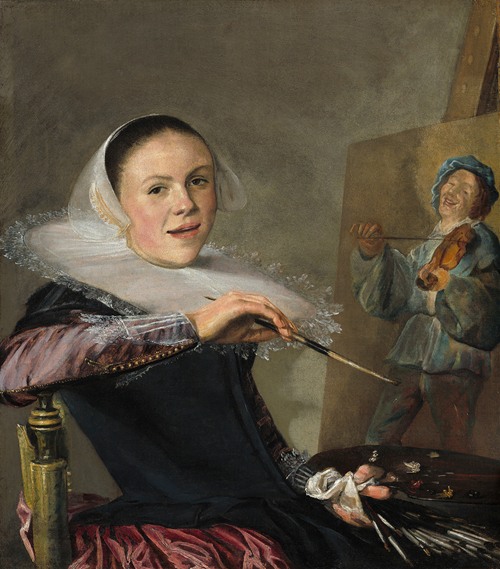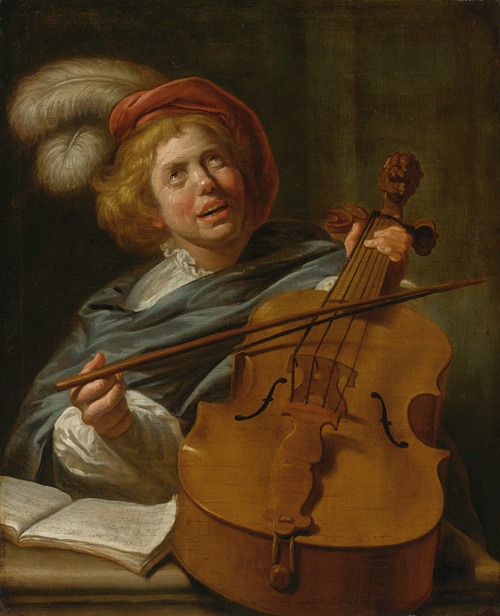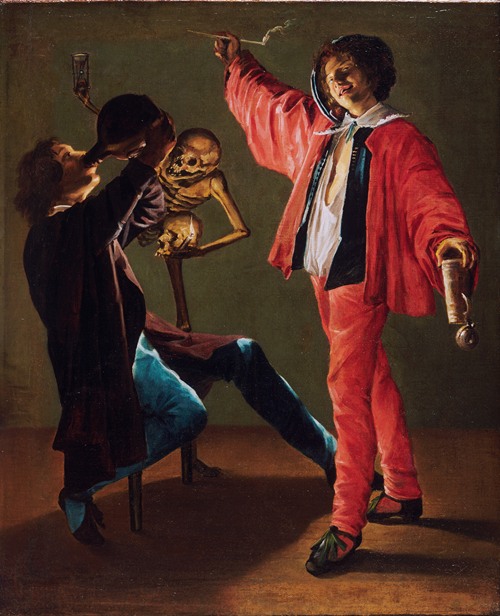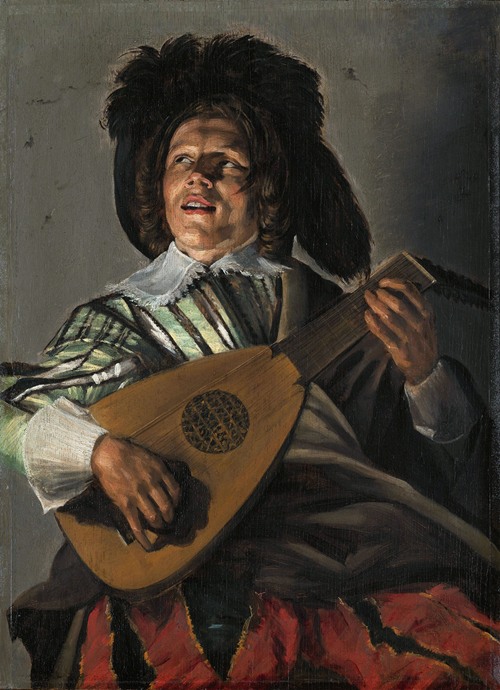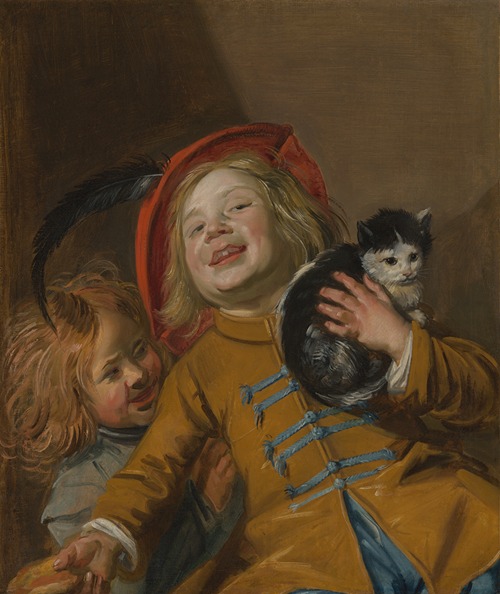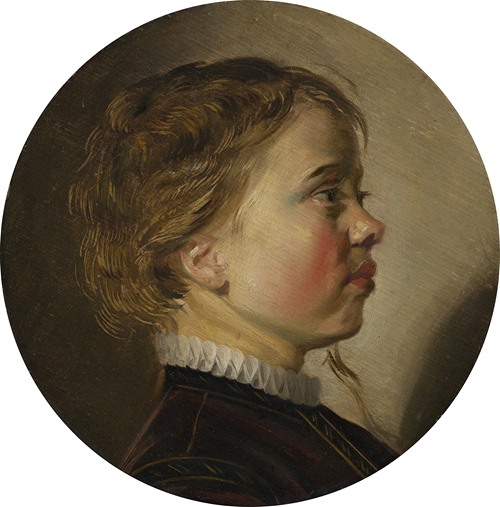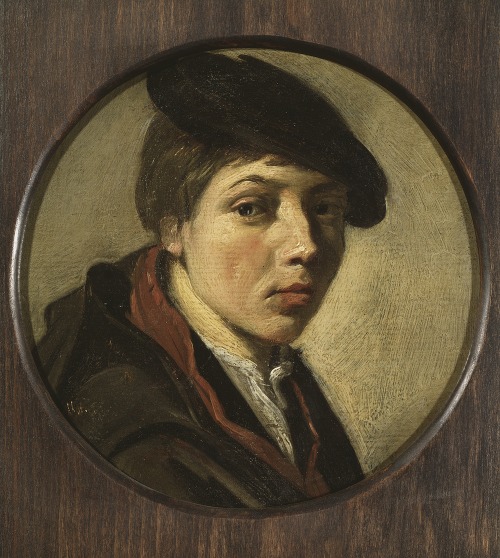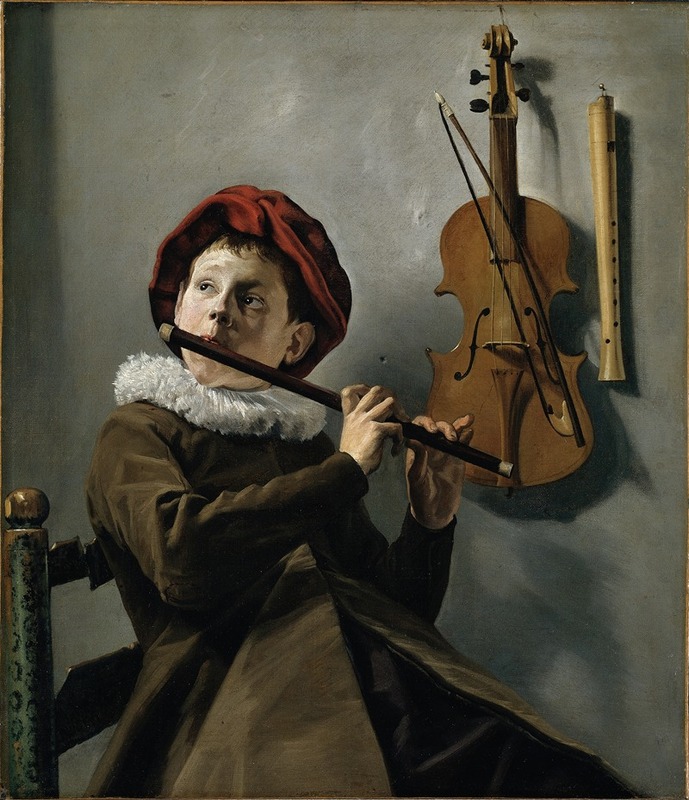
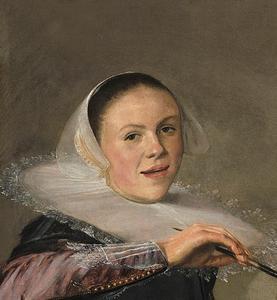
Judith Jans Leyster was a Dutch Golden Age painter. She painted genre works, portraits and still lifes. Although her work was highly regarded by her contemporaries, Leyster and her work became almost forgotten after her death. Her entire oeuvre was attributed to Frans Hals or to her husband, Jan Miense Molenaer, until 1893. It wasn't until the late 19th century that she was recognized for her artistic abilities.
Leyster was born in Haarlem, the eighth child of Jan Willemsz Leyster, a local brewer and clothmaker. While the details of her training are uncertain, she was mentioned in a Dutch book by Samuel Ampzing titled Beschrijvinge ende lof der stadt Haerlem (1928).
Some scholars speculate that Leyster pursued a career in painting to help support her family after her father's bankruptcy. She may have learned painting from Frans Pietersz de Grebber, who was running a respected workshop in Haarlem in the 1620s. During this time her family moved to the province of Utrecht, and she may have come into contact with some of the Utrecht Caravaggisti.
Her first known signed work is dated 1629. By 1633, she was a member of the Haarlem Guild of St. Luke. There is some debate as to who was the first woman registered by the Guild, with some sources saying it was Leyster in 1633 and others saying it was Sara van Baalbergen in 1631. Dozens of other female artists may have been admitted to the Guild of St. Luke during the 17th century; however, the medium in which they worked was often not listed – at this time artists working in embroidery, pottery painting, metal and wood were included in guilds – or they were included for continuing the work of their deceased husbands.
Leyster's Self-Portrait, c. 1633 (National Gallery of Art, Washington, D.C.), has been speculated to have been her presentation piece to the Guild. This work marks a historical shift from the rigidity of earlier women's self-portraits in favor of a more relaxed, dynamic pose. It is very relaxed by the standards of other Dutch portrait and comparable mainly to some by Frans Hals; although it seems unlikely that she wore such formal clothes when painting in oils, especially the very wide lace collar.
Within two years of entering the Guild, Leyster had taken on three male apprentices. Records show that Leyster sued Frans Hals for accepting a student who left her workshop for his without first obtaining the Guild's permission. The student's mother paid Leyster four guilders in punitive damages, only half of what Leyster asked for, and Hals settled his part of the lawsuit by paying a three-guilder fine rather than return the apprentice. Leyster herself was fined for not having registered the apprentice with the Guild. Following her lawsuit with Frans Hals, Leyster's paintings received greater recognition.
In 1636, Leyster married Jan Miense Molenaer, a more prolific artist than herself who worked on similar subjects. In hopes of better economic prospects, the couple moved to Amsterdam where Molenaer already had clients. They remained there for eleven years before returning to Heemstede in the Haarlem area. There they shared a studio in a small house located in the present-day Groenendaal Park. Leyster and Molenaer had five children, only two of whom survived to adulthood.
Most of Leyster's dated works antedate her marriage and are dated between 1629 and 1635. There are few known pieces by her painted after 1635: two illustrations in a book about tulips from 1643, a portrait from 1652, and a still life from 1654 that was discovered in a private collection in the 21st century. Leyster may have worked collaboratively with her husband as well. She died in 1660, aged 50. She was buried at a farm just outside of Haarlem, and her artwork not on display or recognized as hers for close to 200 years. The fact that the inventory of her estate attributed many of the paintings to "the wife of Molenaer", not to Judith Leyster, may have contributed to the misattribution of her work to her husband.
